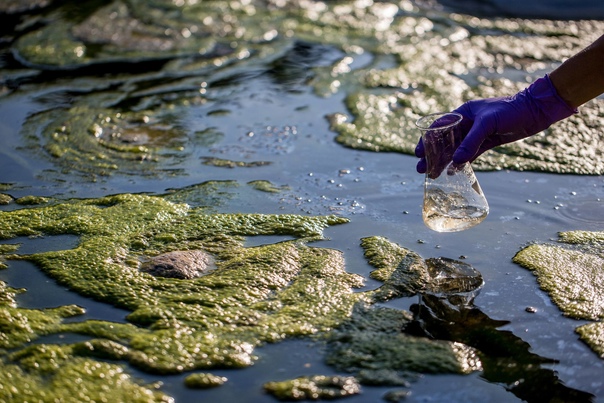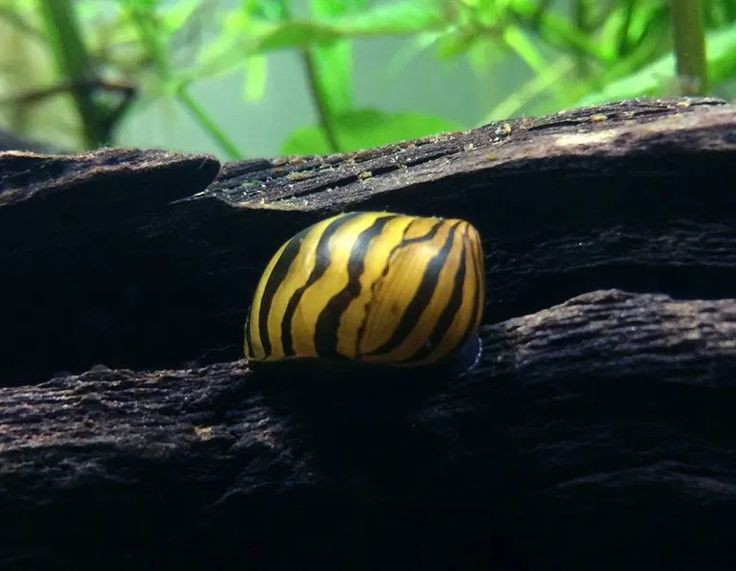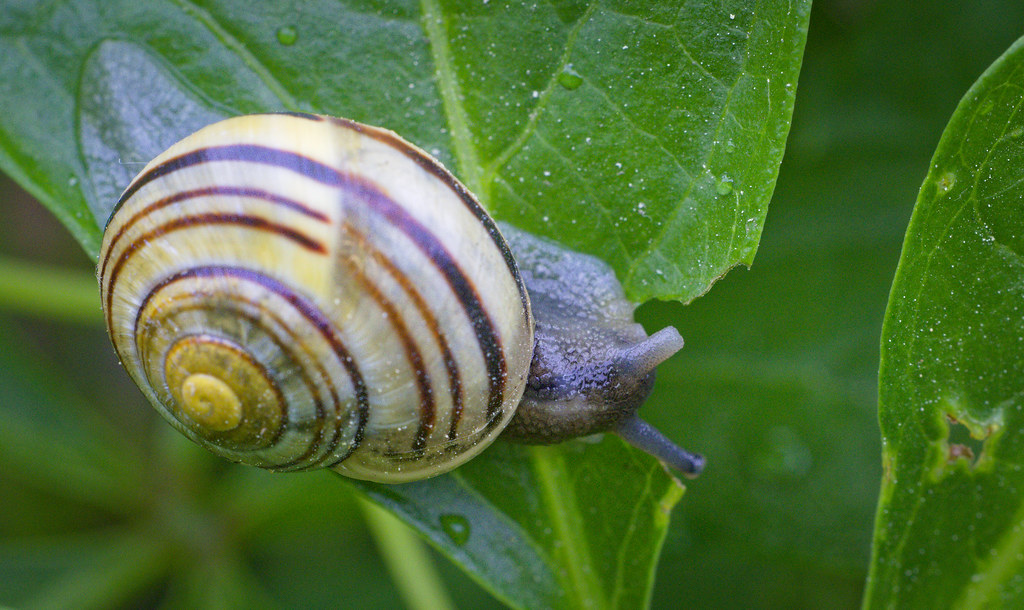Understanding Nerite Snail Water Temperature
Ideal Nerite Snail Water Temp
Nerite snails thrive in specific water temperatures. The optimal nerite snail water temp ranges from 72°F to 78°F (22°C to 25.5°C). Maintaining this temperature range helps ensure their metabolic processes function correctly and supports their overall health.
Effects of Temperature Fluctuations
Sudden changes in water temperature can stress nerite snails. Fluctuations outside the ideal range can lead to sluggish behavior, decreased appetite, and potential health issues. It is crucial to monitor and regulate the water temperature consistently to provide a stable environment.
Importance of Water Parameters
Water pH for Nerite Snails
The pH level of the water is another vital parameter. Nerite snails prefer a pH range between 7.5 and 8.5. Maintaining this pH level helps in shell formation and overall health. Acidic or highly alkaline water can harm their shells and impede their ability to thrive.
Water Hardness
Water hardness also plays a significant role in the health of nerite snails. They prefer moderately hard to hard water, as it provides essential minerals for shell growth. Soft water can lead to shell erosion and other health problems.
Feeding Your Nerite Snails
Nerite Snail Food
Nerite snails primarily feed on algae, making them excellent natural cleaners for aquariums. However, they may require additional food sources, especially in a well-maintained tank with minimal algae growth. Suitable nerite snail food includes algae wafers, blanched vegetables like zucchini and spinach, and specialized snail food available in pet stores.
Supplementary Feeding Tips
To ensure your nerite snails receive adequate nutrition, provide a variety of foods. Supplement their diet with occasional treats like spirulina flakes or calcium-rich foods to support shell health. Avoid overfeeding, as excess food can lead to water quality issues.
Maintaining Water Quality

Regular Water Changes
Performing regular water changes is essential to maintain a clean and healthy environment for nerite snails. Aim for a 20-30% water change every two weeks to remove accumulated waste and toxins. This practice helps in sustaining optimal water parameters and preventing potential health problems.
Filtration System
A reliable filtration system is crucial in keeping the water clean and free from harmful substances. Ensure the filter is suitable for the tank size and capable of handling the biological load. Regularly clean and maintain the filter to ensure its efficiency.
Tank Setup and Environment
Choosing the Right Tank Size
The tank size significantly impacts the well-being of nerite snails. A minimum tank size of 10 gallons is recommended for a small group of nerite snails. Larger tanks provide more stable water conditions and ample space for them to explore and feed.
Creating a Suitable Habitat
Decorate the tank with rocks, driftwood, and live plants to mimic their natural habitat. These elements provide hiding spots and surfaces for algae growth, enhancing the snails’ environment. Avoid using sharp or rough decorations that could damage their delicate shells.
Common Health Issues
Recognizing Signs of Stress
Understanding the signs of stress in nerite snails can help prevent severe health issues. Lethargy, retracted bodies, and abnormal behavior are indicators of stress. Regularly observe your snails and address any environmental factors causing stress.
Preventing Shell Damage
Shell damage is a common issue among nerite snails. Ensure the water contains sufficient calcium to support shell growth and repair. If you notice shell erosion or pitting, consider adding a calcium supplement to the water or providing calcium-rich foods.
Breeding Nerite Snails

Breeding Conditions
Breeding nerite snails in captivity can be challenging, as they require brackish water conditions. They lay eggs in freshwater, but the larvae need brackish water to develop. Providing the right conditions and maintaining proper water parameters are crucial for successful breeding.
Raising Juvenile Snails
Once the larvae hatch, transfer them to a separate tank with brackish water. Feed them fine algae or specially formulated fry food. As they grow, gradually acclimate them to freshwater before introducing them to the main tank.
Conclusion
Maintaining the optimal water temperature for nerite snails is essential for their health and longevity. By understanding their preferred water parameters, diet, and habitat needs, you can create a thriving environment for these fascinating creatures. Regular monitoring and maintenance will ensure your nerite snails remain healthy and active, contributing to a balanced and vibrant aquarium ecosystem.

